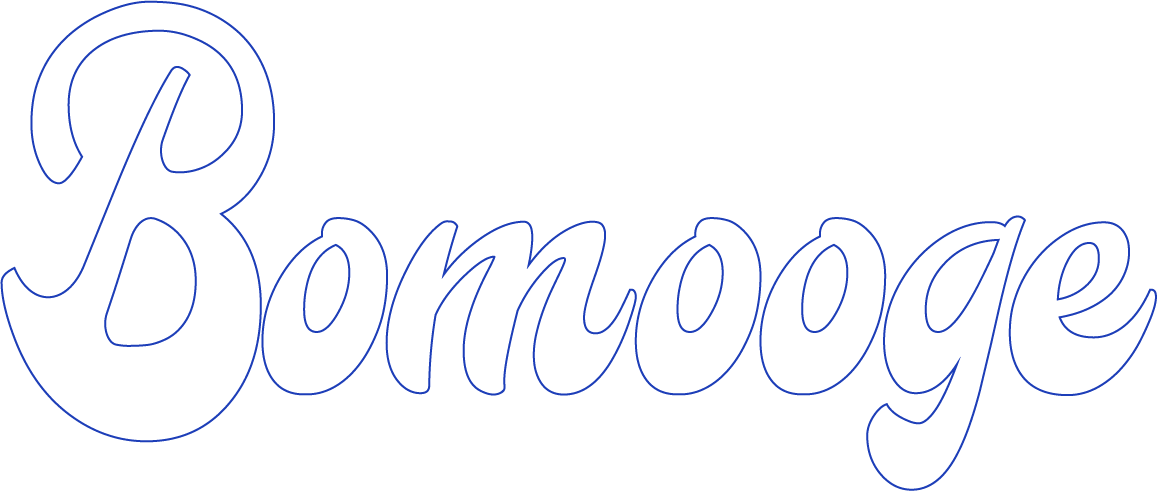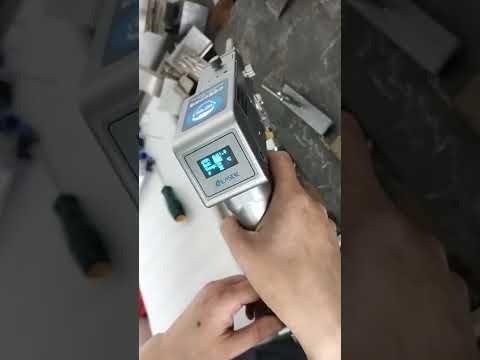It is necessary to perform an Initial Production Check when the production process is between 5 and 10% of the way through the process. Being well-versed in quality will help you avoid the production risks associated with large quantities of unqualified products, as well as being able to address any quality issues that are discovered prior to the start of mass production.
Goods that will be produced in the near future
Making a production plan for a product or service is the process of putting together a plan that will guide the design and manufacture of a specific product or service for a specific target market. This is accomplished through the identification and elimination of waste. Although production planning was originally developed to improve the efficiency of the manufacturing process, its general logic is now being applied in a variety of ways across a wide range of industries, including software design, manufacturing, and delivery.
When it comes to manufacturing, what is the significance of the production planning procedure?
In addition to ensuring that a productive manufacturing process is established in accordance with the needs of customers and requirements of the organization in question, production planning is also important because it ensures that the organization in question can meet its goals. When optimizing processes that are dependent on customers, such as on-time delivery, it is possible to achieve better results than when optimizing processes that are not dependent on customers, such as the length of the production cycle.
It is possible for a company to reduce lead time when it has a well-thought-out production plan. Lead time is defined as the amount of time that elapses between the time that an order is placed and when it is completed and delivered. A common example is lead time, which is the amount of time it takes for parts to be shipped from a supplier after they have been ordered. It is necessary to include this information because the manufacturing business needs to know when the parts will arrive in order to properly execute material requirements planning (MRP).
Production planning is a procedure that includes a number of steps that must be followed.
In order to complete the production planning phase, the following tasks must be completed:
Calculate the product's demand by making educated guesses about what people want to buy --A rough estimate of the number of products that should be manufactured in a given period of time will be provided as a result of this calculation. It was determined that historical production trends and new market trends that have the potential to be relevant in the near future were used to arrive at this estimate.
Take a look at the various manufacturing options available --A critical component of this process is taking into consideration available resources and determining the most efficient ways to use them in light of projected demand estimates.
Select the option that will save you the most time and money -- for example,It is recommended that when it comes to resource utilization, you choose the option that is the most time- and cost-effective.
In order to determine how well the two correspond, firms keep track of what is happening and what should be happening in accordance with the plan.
Produce plan revisions in order to ensure that future production plans meet customer objectives more efficiently and are more successful when they are implemented.
When it comes to production forecasting, there are several categories that can be distinguished.
Many different types of production planning can be used to meet the needs of different companies, each one of which is focused on a different aspect of the manufacturing process and can be used in conjunction with one another. As an illustration, consider the following:
Master production schedule (MPS) - This is a schedule that is used to plan the production of a product. When it comes to planning the production of a product, this is the schedule to use. In order to properly plan for the production of a product, this is the schedule to follow.
When During Production Inspection comes to capital planning, it is the process of determining an organization's ability to adapt in the face of shifting market conditions in the immediate future.
The process of putting together a sequence of operations that will be carried out by an individual or group of individuals is referred to as workflow planning in the context of information technology (IT).
Production planning is a type of planning that can be done. It is necessary to streamline processes in human resource planning to ensure that a company can meet its hiring and talent requirements as they arise over time. Another set of examples includes the following items:
An increasingly popular method of accomplishing this is through the use of computer software. A common method of accomplishing this is through the use of software. ERP is the integration of major business processes into a single unified system, which is frequently accomplished through the use of software.
Sales and operations planning (S&OP) is the term used to describe this process. It is the process of more precisely matching a manufacturer's supply with current demand.
Manufacturing operations are scheduled in accordance with a timetable.
Production scheduling is the process of allocating available resources to specific manufacturing processes and events in order to achieve production objectives in the manufacturing industry. This mapping of actual resources to the production plan that was developed in order to accommodate those resources is, in essence, what it is all about in the first place. Scheduling can be used to plan the use of factory equipment and resources, including the use of human resources. It can also be used to plan the planning of production processes, as well as the purchasing of raw materials. Making time for various activities is necessary in order to develop a production strategy. Making production plans is done with the end result in mind, which is to meet customer demand as much as possible.


